The first half of 2025 has been a mixed bag for electric vehicle (EV) sales in Australia. While overall numbers are slightly down from the same period last year, there’s no shortage of movement in the rankings. The Tesla Model Y still leads the pack as the most popular EV, but it’s no longer a solo act at the top.
New contenders—especially from Chinese brands like BYD and Geely, and Korean offerings from Kia—are closing the gap fast, reshaping the competitive landscape. Let’s break it down.
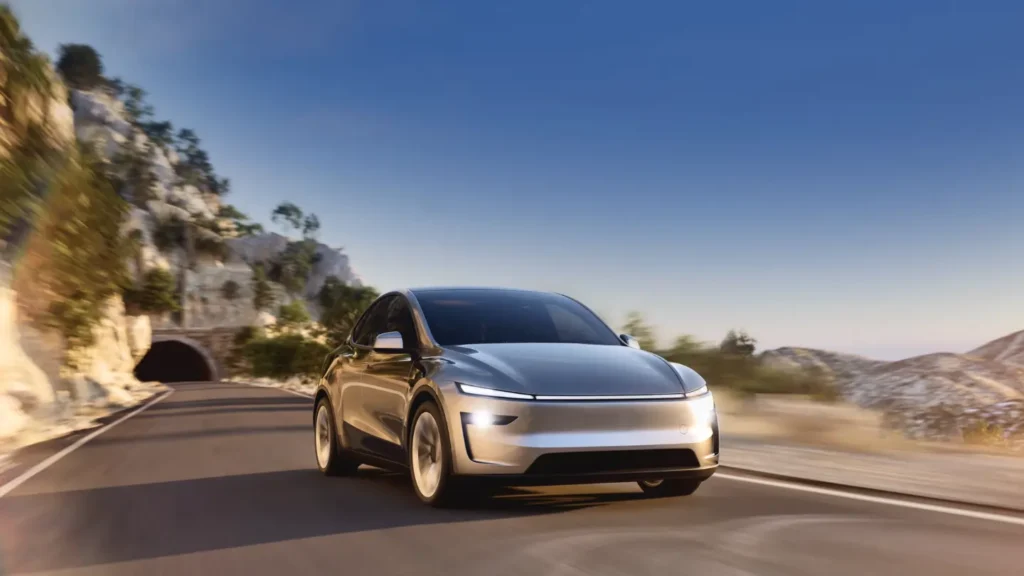
Total EV Sales Snapshot (Jan–June 2025)
According to FCAI and the Electric Vehicle Council (EVC):
- 47,230 EVs were sold between January and June 2025.
- That’s 7.6% of all new car sales (out of a total of 624,130 vehicles).
- EV market share dropped slightly compared to 8% in H1 2024 (51,008 EVs sold).
- It’s only a modest increase from H1 2023 (43,092 sales).
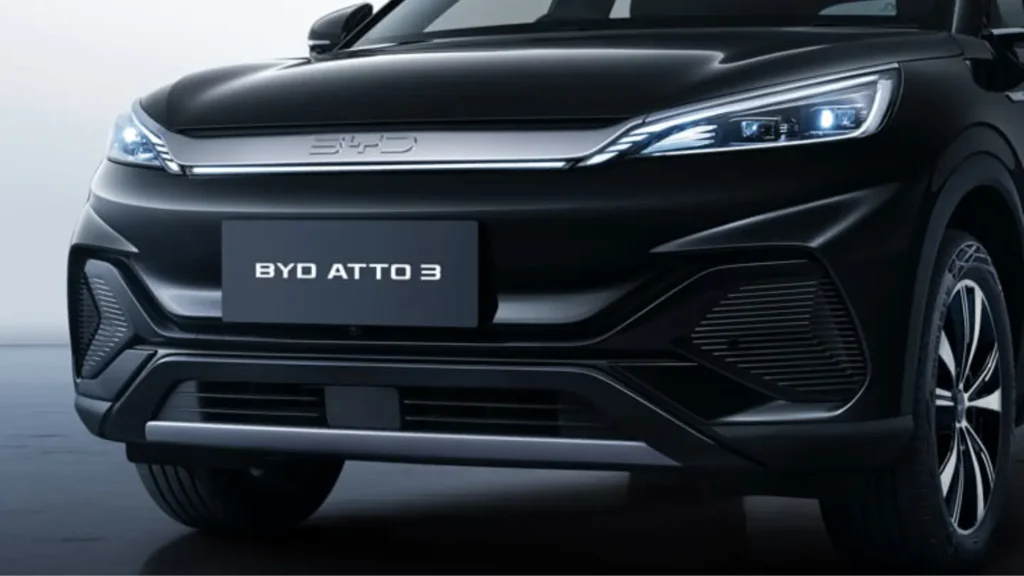
The main reason for this dip? Slower sales from Tesla—especially the Model 3 sedan (down 65%) and the Model Y SUV (down 16.5%), due to a delay in updated model deliveries early in the year.
Top-selling electric cars in Australia – H1 2025
| Serial no. | Model | Units sold in H1 2025 |
| 1 | Tesla Model Y | 10,431 |
| 2 | BYD Sealion 7 | 3756 |
| 3 | Tesla Model 3 | 3715 |
| 4 | Kia EV5 | 2765 |
| 5 | MG 4 | 2268 |
| 6 | BYD Atto 3 | 1854 |
| 7 | Geely EX5 | 1845 |
| 8 | BYD Seal | 1609 |
| 9 | BYD Dolphin | 1337 |
| 10 | Kia EV3 | 1153 |
Beyond the top 10, several other electric models continued to gain traction or make their debut in the Australian market. The BMW iX1 maintained steady momentum, selling 1,110 units, despite a 10.3% year-over-year drop, while the MG ZS EV surged ahead with a 50.6% increase to 964 units. The newly launched BMW iX2 posted strong numbers at 720, and Volvo’s EX30 added 697 units despite a slower start.
The Polestar 4 and Porsche Macan Electric both entered the scene as new players, with 676 and 584 sales, respectively. Meanwhile, established nameplates like the BMW i4 (558), Mercedes-Benz EQE SUV (544), and Audi Q4 e-tron (519) continued to represent the premium EV segment. Models like the Chery Omoda E5, Toyota bZ4X, and Hyundai Ioniq 5 also contributed to the mid-pack numbers. At the same time, smaller EVs such as the Mini Aceman, Zeekr X, and GWM Ora added variety to the growing electric landscape.
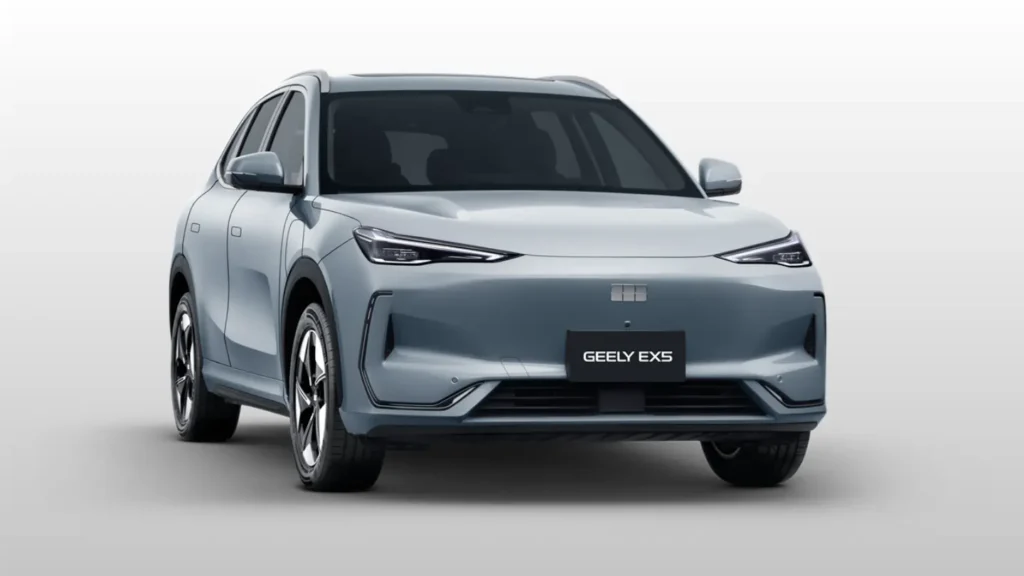
Some high-profile EVs are missing from the official numbers because their brands don’t report sales to the FCAI or EVC. This includes models like the Cadillac Lyriq, Smart #1 and #3, and the XPeng G6. While these vehicles may be gaining traction in Australia, their absence from the data means they aren’t reflected in the rankings.
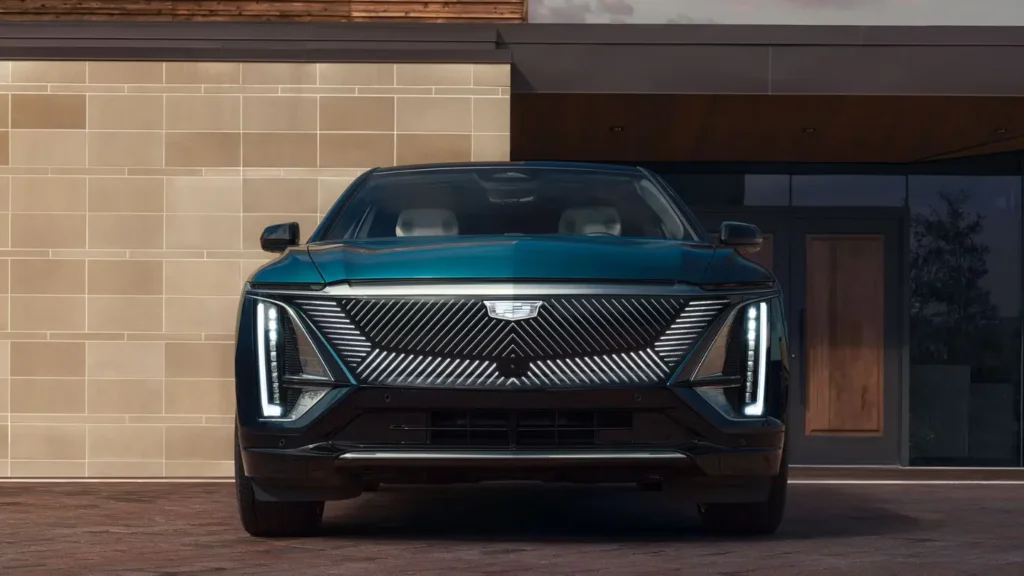
Plug-in Hybrids and Hybrids on the rise
While EV sales took a slight dip, hybrid and plug-in hybrid (PHEV) categories showed strong growth:
- Hybrid sales increased by 15%
- Plug-in hybrid sales jumped by a massive 210%
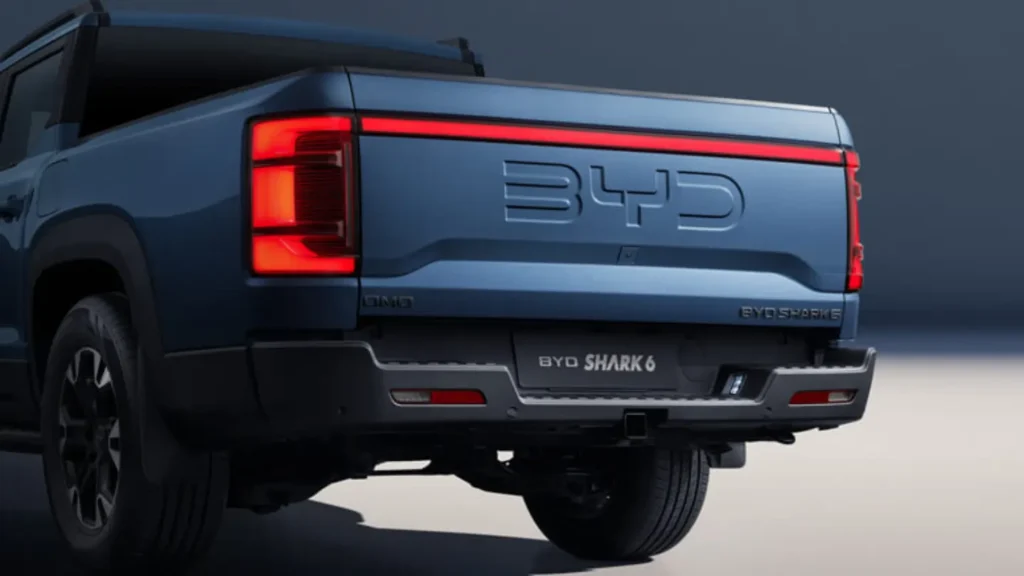
This surge was led by new models from BYD, like:
- The Shark 6 hybrid ute
- The Sealion 6 plug-in SUV
Final thoughts
Tesla’s Model Y is still king, but the throne isn’t as secure as it used to be. With affordable newcomers like the BYD Sealion 7 and Kia EV5 gaining momentum, the second half of 2025 could bring a reshuffle in the rankings.
For now, choice and competition are booming—a win for Australian drivers looking to go electric without breaking the bank.
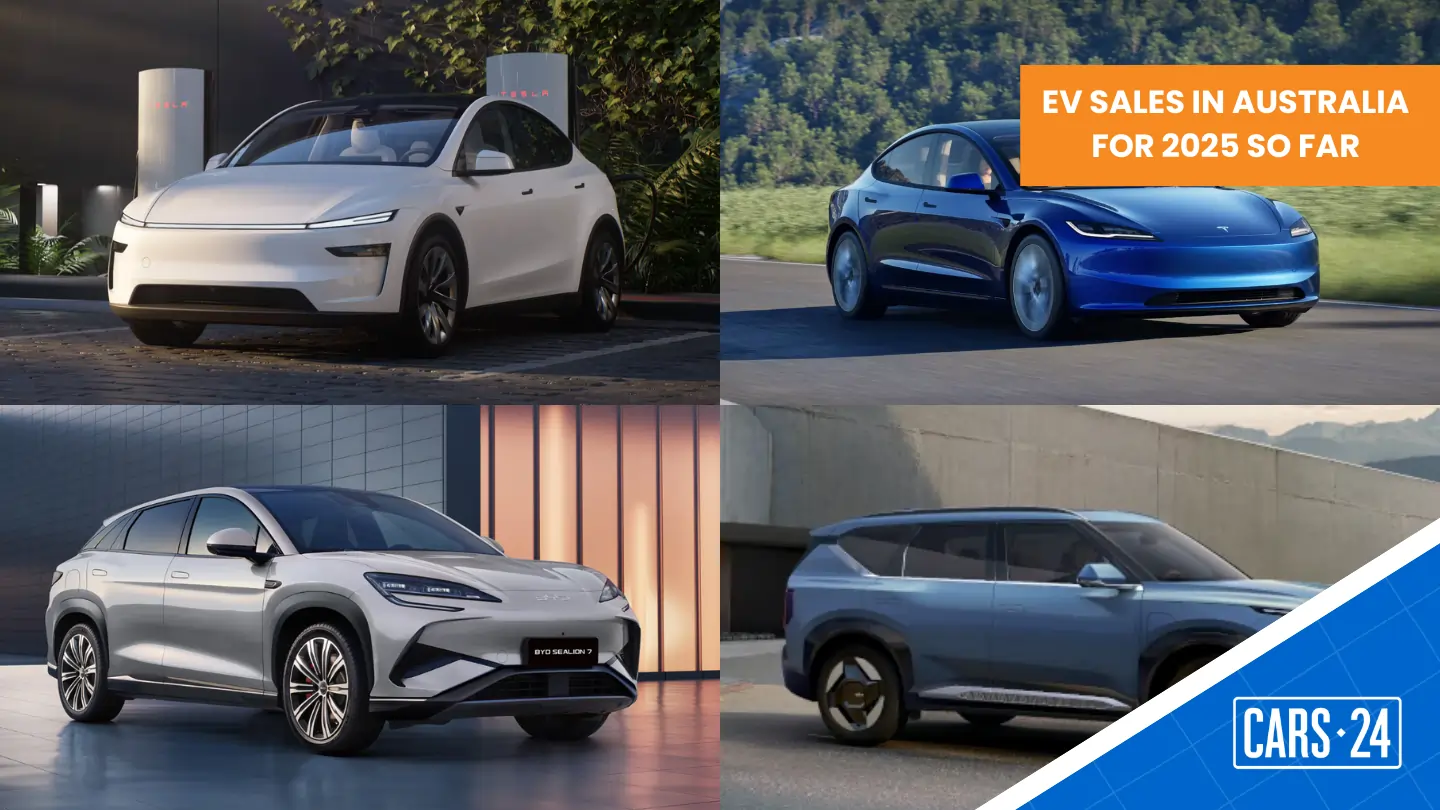
Comments
New Comment